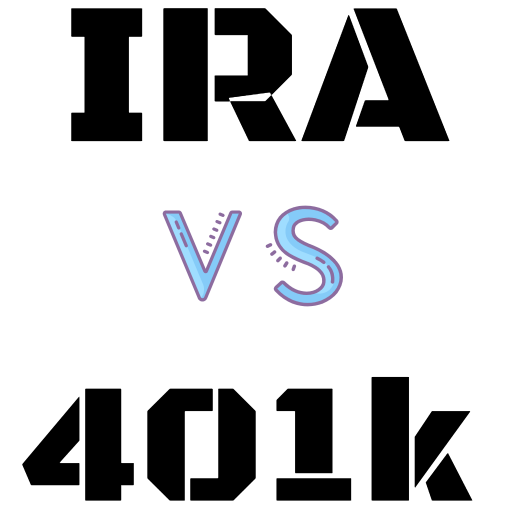
All types of individual retirement accounts, or IRAs, recognized under the federal tax code enjoy substantial protection from creditors during a bankruptcy. Protection for IRAs was signed into law by President George W. Bush under the Bankruptcy Abuse Prevention and Consumer Protection Act (BAPCPA) of 2005.
Protection under this law varies, depending on the type of IRA. Traditional IRAs and Roth IRAs are currently protected to a value of more than $1 million. SEP IRAs, SIMPLE IRAs, and most rollover IRAs are fully protected from creditors in a bankruptcy, regardless of the dollar value.
Key Takeaways
- The Bankruptcy Abuse Prevention and Consumer Protection Act of 2005 provides federal bankruptcy protection for IRAs.
- Traditional and Roth IRAs are currently protected to a total value of $1,362,800, with adjustments for inflation made every three years (the next adjustment is in 2022).
- SEP and SIMPLE IRAs, similar to employer-sponsored 401(k)s, profit-sharing plans, and pensions, are fully protected in a bankruptcy.
- A properly executed rollover IRA that originates from a qualified retirement plan is also fully protected from creditors.
Is an IRA Protected from Bankruptcy?
While federal bankruptcy laws have long protected 401(k) plans, pensions, and similar employer-sponsored, qualified retirement plans, IRAs only came under federal protection with the enactment of BAPCPA. Among a wide variety of bankruptcy reforms, including heightened requirements for filing bankruptcy under Chapter 7, BAPCPA introduced the first explicit federal bankruptcy protections for assets held in IRAs.
Before BAPCPA, IRA protections were defined at the state level, or not at all. After BAPCPA, bankruptcy protection for IRA assets is afforded to citizens in all states.
Traditional IRAs and Roth IRAs: How Much Protection?
BAPCPA modified federal bankruptcy law to provide protection for up to $1 million in assets held in a traditional IRA or a Roth IRA. To maintain the real value of this protection over time, the law stipulates a regular inflation adjustment based on the Department of Labor’s consumer price index for all urban consumers (CPI-U). The inflation adjustment has been calculated and enacted every three years since the first adjustment was made on April 1, 2007.
In the current three-year period, which ends on April 1, 2022, both traditional and Roth IRAs are protected to a total dollar value of $1,362,800 per person. This limited protection applies to the sum of all traditional and Roth IRA accounts held by a given individual, not to each IRA account in isolation.
While traditional and Roth IRA funds in excess of $1,362,800 are not protected under BAPCPA, the law states that bankruptcy courts are free to extend additional protection if justice warrants it and the judge decides to grant it.
To make sure that a rollover IRA from a qualified retirement plan is protected in a bankruptcy, it helps to create a separate account just for those assets.
SEP IRAs and SIMPLE IRAs
Simplified Employee Plan (SEP) IRAs and Saving Incentive Match Plan for Employees of Small Employers (SIMPLE) IRAs are fully protected in case of bankruptcy. These protections match the long-time protections granted to other employer-sponsored individual retirement accounts, including 401(k) plans and profit-sharing plans.
Special Protection for Rollover IRAs
For the purposes of BAPCPA, a rollover IRA is a traditional or Roth IRA account that was originally funded through a transfer from a qualified retirement plan. Qualified retirement plans include standard 401(k) plans, traditional pension plans, and certain profit-sharing plans. Under BAPCPA, a properly executed rollover IRA originating from a qualified retirement plan is fully shielded from creditors in a bankruptcy.
Keep in mind that once the rollover of assets is complete, a rollover IRA is not essentially different from any other traditional or Roth IRA—apart from the source of the assets. To ensure full protection for a rollover IRA originating from a qualified retirement plan, it is a good idea to create a separate IRA account for the rollover assets distinct from any other existing traditional or Roth IRA.
While the maintenance of separate accounts is not explicitly required under law, it helps to avoid potential issues during a bankruptcy proceeding. With separate accounts, the origin of assets is easy to document and the asset pools are easy to track for purposes of securing all available bankruptcy protections.
